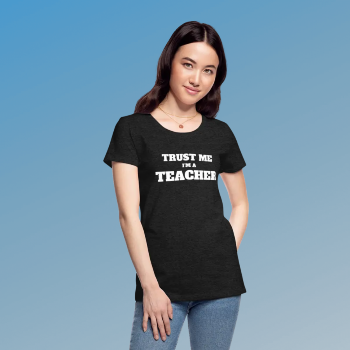Understanding Universal Design for Learning: A Guide for Educators
Universal Design for Learning is an "every child" initiative.

I'm a little late to the game regarding Universal Design for Learning. I've heard the term at professional development sessions and conferences, but it's not something we've discussed at my school. This article contains my research and takeaways as I attempt to build my background knowledge. I hope you find some benefit in it as well.
Universal Design for Learning
Takeaways:
- Flexible learning environment.
- Multiple ways to demonstrate understanding.
- Creates a more inclusive learning environment.
Universal Design for Learning (UDL): What You Need to Know
Takeaways:
- UDL can help students with attentional issues experience more success in the classroom.
- Since all students have choices, UDL can reduce the stigma associated with classroom modifications.
- Students can choose to do work that plays to their strengths.
4 Principles of a Universal Design for Learning Approach
Takeaways:
- Ted Lasso would be a proponent of UDL.
- There are four principles: All students can reach the high expectations we set. Barriers to success exist in the system, not in the students. Learner variability is the norm, so a one-size-fits-all approach doesn't work. Continual self-reflections lead to lifelong, expert learners.
- Building reflection questions into end-of-unit assessments and projects provides a lever for student growth.
Universal Design for Learning
Takeaways:
- "UDL is not a special education initiative, nor a general education initiative...it is an every child initiative."
- It also applies to the physical environment (curb cuts, ramps, motion-sensing lights, restrooms).
- I appreciated the UDL emphasis on creating lifelong learners.
How to Use Universal Design for Learning (UDL) in the Classroom
Takeaways:
- Offer different assignment options.
- Create flexible learning spaces.
- Offer a variety of learning materials that still connect to the standards being taught.
10 Key Principles of Universal Design for Learning: Enhancing Inclusion and Success for All Students
- Creates a flexible learning environment.
- Provides multiple ways for students to demonstrate understanding.
- Promotes a more inclusive learning environment.
- It can help students with attentional issues experience more success in the classroom.
- Reduces the stigma associated with classroom modifications as all students have choices.
- Encourages students to work in a way that plays to their strengths.
- Recognizes that learner variability is the norm, proving that a one-size-fits-all approach doesn't work.
- Promotes continual self-reflection, leading to lifelong, expert learners.
- It can be applied to the physical environment, making it accessible to all students.
- Offers a variety of learning materials that still connect to the standards being taught.

❤ Enjoy this Article?
🍵 Show Your Support and 🤗 Share It



